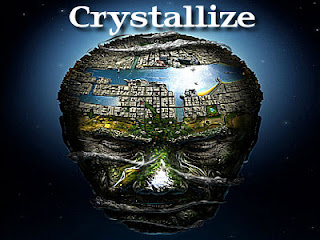Public Opinion by Walter Lippmann, 1921, Excerpts
The living impressions of a large number of people are to an immeasurable degree personal in each of them, and unmanageably complex in the mass. How do great numbers of people feeling each so privately about so abstract a picture, develop any common will? How does a simple and constant idea emerge from this complex of variables? How are those things known as the Will of the People, or the National Purpose, or Public Opinion crystallized?
For the most part, we do not first see and then define, instead we define first and then see. We imagine most things before we experience them, and those preconceptions govern deeply the whole process of perception. We pick recognizable signs out of the environment. The signs stand for ideas, and these ideas we fill out with our stock images.
What each man does is based not on direct and certain knowledge, but on pictures made by him or given to him. The way in which the world is imagined at any particular moment determines what men will do. It determines their efforts, their feelings, and their hopes. The only feeling that anyone can have about an event they do not experience is the feeling aroused by their mental image of that event.
The pictures inside the heads of these human beings, the pictures of themselves, of others, of their needs, purposes, and relationship, are their public opinions. Those pictures which are acted upon by groups of people, or by individuals acting in the name of groups, are Public Opinion with capital letters. It is the insertion between man and his environment of a pseudo-environment.
Father of Spin by Larry Tye, 1998, Excerpts
While scholars still debate the extent to which the Nazis used Bernay’s works, Goebbels did employ techniques nearly identical to those used by Bernays – skillfully exploiting symbols by making Jews into scapegoats and Hitler into the embodiment of righteousness; manipulating the media by trumpeting Nazi triumphs on the battlefield and hiding their extermination campaigns; and vesting unheard-of power in state propaganda just as Bernays had advised in Crystallizing. “His methods are largely identical with those portrayed in Chapters VI and XI of Mein Kampf.”

No comments:
Post a Comment